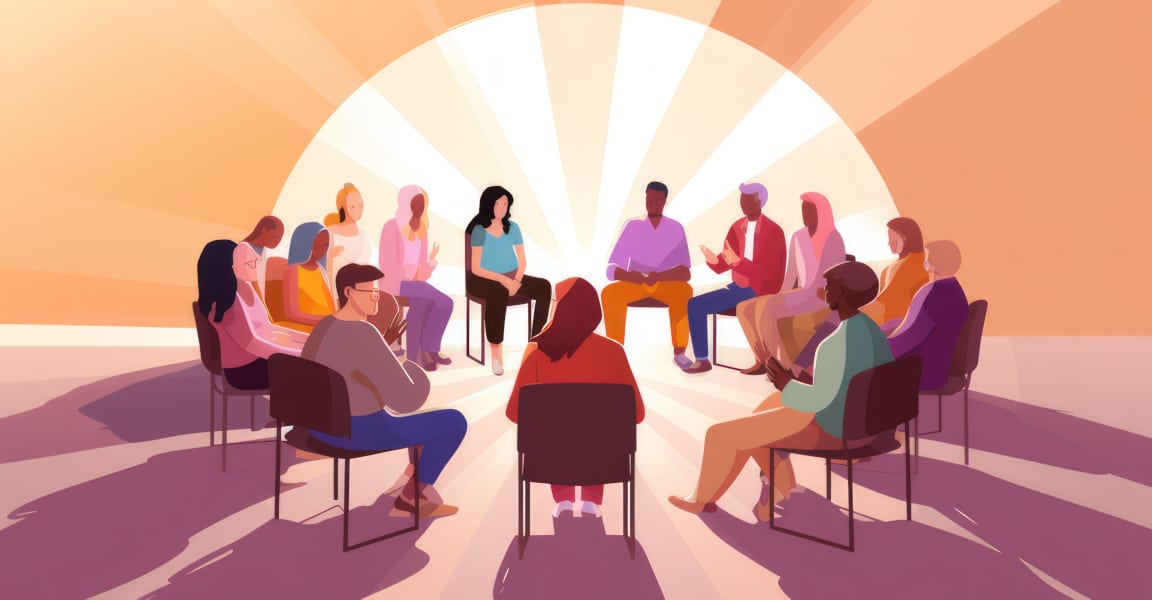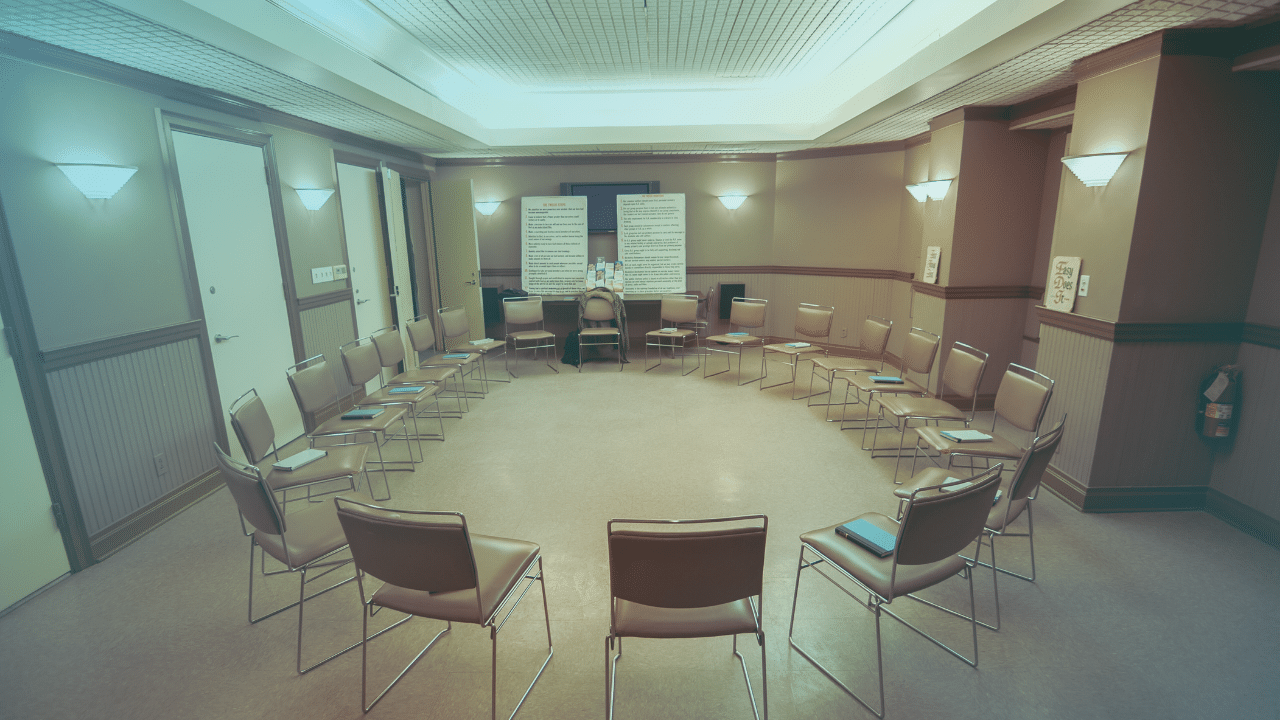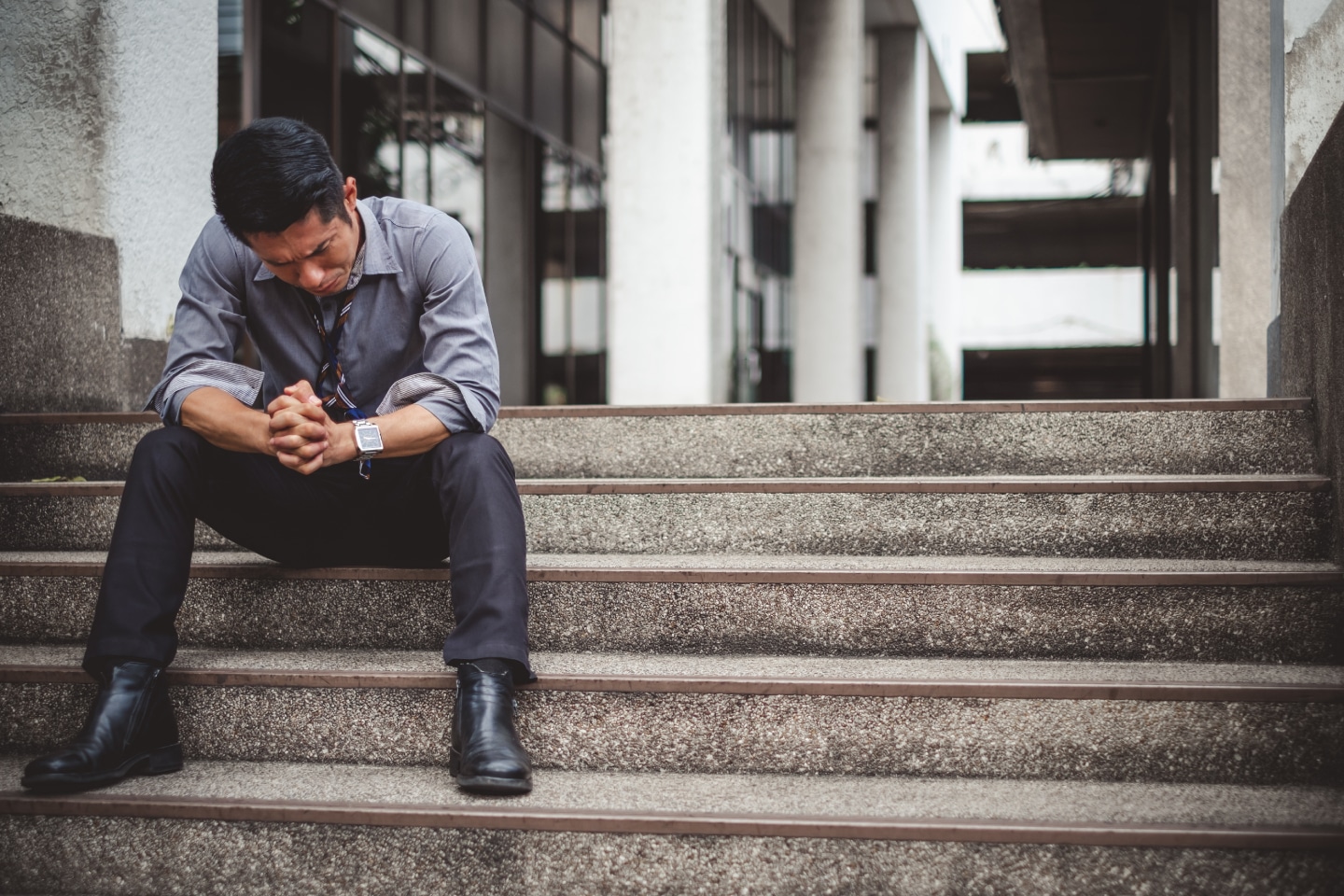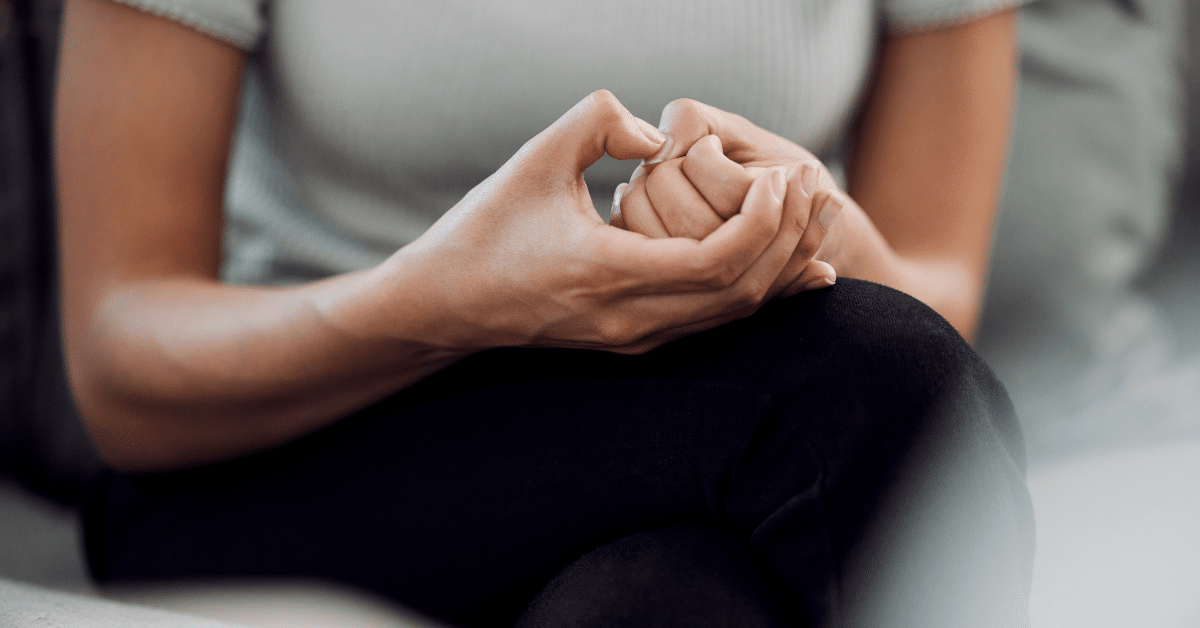
A relapse is a large part of many people’s experience in recovery. It is nothing to be ashamed of. A Relapse, by definition, happens when a person goes back or regresses from progress in recovery. After reading this article, we hope you’ll have more information on relapse prevention.
To purely abstain from drugs and not address the issues substance abuse has caused in your life and simply use again would not necessarily constitute a “relapse.”
This is an important point because many people try to use a relapse as an excuse that they can not recover when in fact they haven’t relapsed at all, only used. In order for a relapse to occur a person must have made progress in some way. Most studies on addiction and recovery agree that pure abstention does not equal recovery unless it is accompanied by positive changes in a person’s life and perspective.
“relapses do not equal failures”
If a person does experience a relapse there are some critical facts that should be considered. Primarily, relapses do not equal failures. Relapses are only roadblocks or detours that can expose a person to new experiences and perspectives that can actually help them. If approached appropriately, a person can use a relapse as a learning experience without compromising a lot of the achievements made in recovery. An easy way to view recovery and relapse is by simplifying them into a physical depiction of a journey.
For example, a person’s goal may be to walk to the store from their home, and halfway to their destination they slip and fall. Progress has clearly been made because they have already made it halfway to their destination. At this point the person traveling has merely fallen, their progress has been halted, but it did not regress. In comparing our story to a person in recovery we can see that “slipping” and using once does not mean that we have gone backwards, it only means our progress has stopped for a moment, a relapse has not occurred. From slipping and falling the person in our story can learn a variety of things. They can learn to walk more cautiously, avoid tripping hazards, not walk over slippery surfaces, walk using a cane, etc. Comparing this idea to a person in recovery, the recovering addict that “slips” can learn to be more engaged in support, avoid certain kinds of people or places, become more involved in community or religious activities, or further embrace a 12 step program.
After the person in our story has fallen, they have a decision to make. The person can continue walking to the store or return home. If they continue to walk to the store, they are able to gain a new perspective of the way they walk and accomplish their goal without losing progress. If that person feels defeated, discouraged or is severely injured and decides to return home, their relapse has begun.
When a person “slips” in recovery they can decide to return to their old habits and lose everything they have so far achieved and relapse, or use their new perspective to move forward more cautiously.
The above example does well to depict the idea of relapse and the journey of recovery, but does not do justice in defining a person’s perspective after “slipping.” Because of the nature of the disease of addiction, a slip in the sense of a person physically falling is very different than in the sense of a person using. Addiction is in large part a disease of the mind and when a person uses, even once, their mind or perspective changes. It becomes very difficult for the person to just “get back up” and start moving forward again. The addict begins to crave the drug intensely and will subconsciously begin to change their perspective from one that agrees with abstention to one that agrees with drug and alcohol use. This change is nearly uncontrollable and is one of the hallmarks in defining addiction as a mental health issue. Addiction being a disease of the mind, becomes difficult to identify and will unconsciously begin a relapse. Comparing this idea to our story, it makes getting to the store very difficult. After a slip, the addict convinces themselves they no longer want to go to the store, they are unable to reach the store, or they will simply go to the store after doing something else. These perspective shifts are at the root of addictive behavior and are almost certain to occur after a “slip.” They can be viewed as a slippery slope of self deception and rationalization that lead an addict down a road of self-destructive behavior.
A person in recovery must be aware of the dangers associated with using drugs or alcohol just one time. Although someone’s disease may be in remission, it lurks in the shadows waiting to pounce on an opportunity to infect their perspective. If a person does slip or relapse, their best chance to continue in recovery is to address some critical issues immediately. First of all, tell someone about the slip. Honesty and transparency will help hold a person accountable to their journey in recovery. Secondly, re-engage in whatever form of addiction support that was being used and do so more intensely. And finally, don’t give up despite the overwhelming feelings of failure, discouragement, and hopelessness.
If a relapse truly occurs, the most imperative concern should be the vulnerability of a person’s perspective. The changes that take place in the way a person looks at themselves, their addiction and their recovery can be gradual or sudden, but equally dangerous. This change should be a person’s priority concern. It’s presence is more significant than the loss of consecutive time in abstinence, letting down friends and family, or failing a drug test. A “slip” does not equal a relapse but will initiate the change in a person’s perspective that will seriously risk one. The best way to combat the negative shift in perspective is to expose it to a person that is in a position to help. The best addiction treatment models use relapse as a source of reflection, showing where and how a person can improve their recovery. If this awareness is acted upon appropriately it can ultimately lead to a stronger recovery.
Explore this article:
Explore Our Facilities
Drug and alcohol detox and residential treatment for addiction and mental health disorders
Outpatient treatment center for substance use disorder and mental health disorders
Outpatient treatment center for substance use disorder and co-occurring mental health disorders







